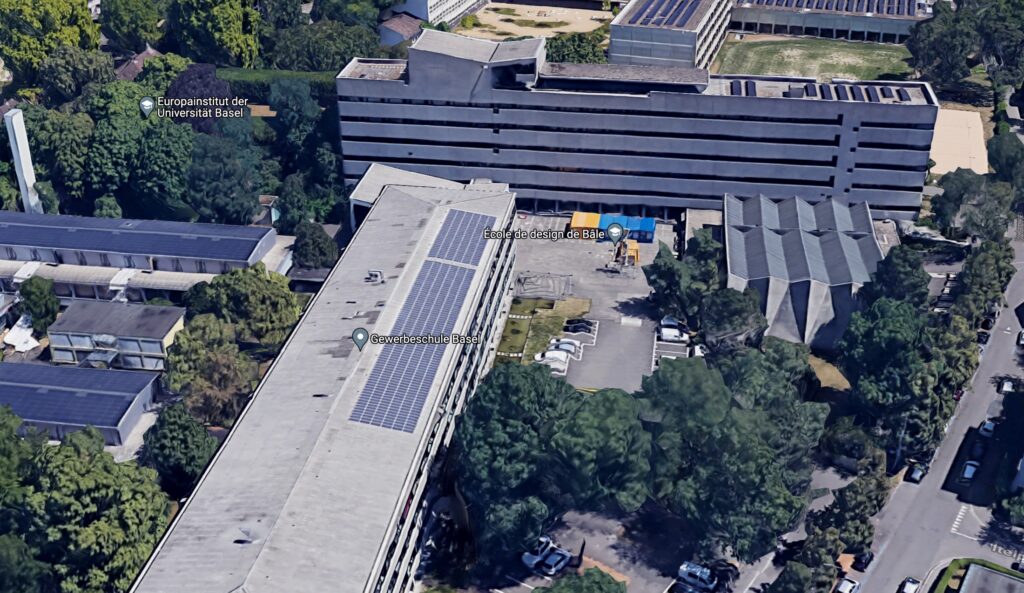An example of Kandinsky’s assignments during his teaching at the Bauhaus. Cited in Teaching at the Bauhaus (Wick, 2000, p. 201), from the notes of a participant in Kandinsky’s course:
In Kandinsky’s class we were given a real vacation assignment, but it isn’t bad. A square, 30 cm by 30 cm, is to be divided up into 5 by 10 cm rectangles. The following colors are to be used: 3 primary, 3 secondary, and 3 uncolored (black, white, gray). The arrangement of the colored rectangles is entirely up to you as long as they are horizontal and vertical, not diagonal. It’s also up to you how often you use each color, so long as every color is used at least once. The task is as follows:
1. emphasize the center.
2. balance top and bottom.

